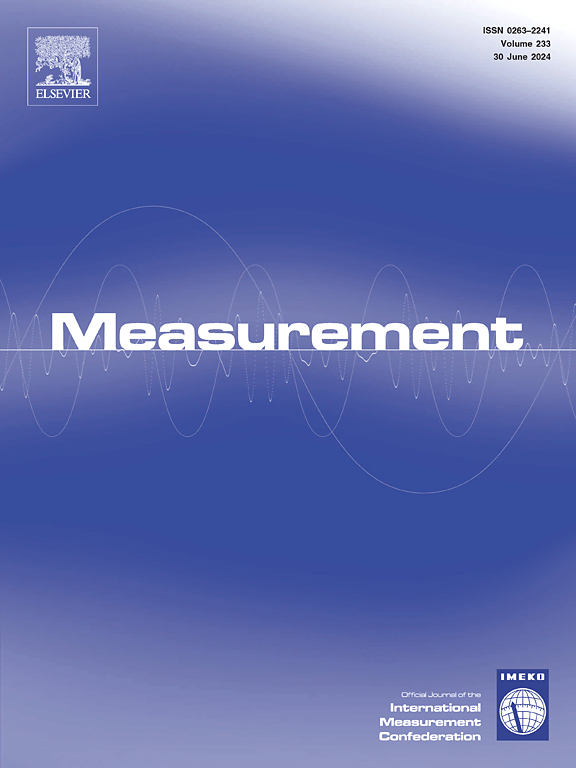Ultra-low frequency three-axis FBG accelerometer for seismic monitoring based on multiple flexible beams
IF 5.2
2区 工程技术
Q1 ENGINEERING, MULTIDISCIPLINARY
引用次数: 0
Abstract
Seismic monitoring in the ultra-low frequency range (0.0083–20 Hz) is essential for understanding Earth’s structure. Existing electrical instruments are effective but costly and challenging to deploy in complex environments, while FBG accelerometers are adaptable but limited in sensitivity at ultra-low frequencies. This study introduces a high-sensitivity ultra-low frequency three-axis FBG accelerometer with a multi-flexible beam structure. Sensitivity and resonant frequency formulas are derived, and optimization is performed using a differential evolutionary genetic algorithm. A prototype sensor, validated through modal simulations and low-frequency vibration tests, achieves a sensitivity of 1025 pm/g, cross-sensitivity < 4.10 %, and a dynamic range of 97 dB, a flat response in the 0.05–80 Hz frequency range, exhibiting satisfactory sensitivity and precise angular characterization. Additionally, for the first time, a three-channel correlation method was applied to the FBG accelerometer for seismometer self-noise testing. The results enable scalable FBG low-frequency seismic monitoring in harsh environments.
求助全文
约1分钟内获得全文
求助全文
来源期刊

Measurement
工程技术-工程:综合
CiteScore
10.20
自引率
12.50%
发文量
1589
审稿时长
12.1 months
期刊介绍:
Contributions are invited on novel achievements in all fields of measurement and instrumentation science and technology. Authors are encouraged to submit novel material, whose ultimate goal is an advancement in the state of the art of: measurement and metrology fundamentals, sensors, measurement instruments, measurement and estimation techniques, measurement data processing and fusion algorithms, evaluation procedures and methodologies for plants and industrial processes, performance analysis of systems, processes and algorithms, mathematical models for measurement-oriented purposes, distributed measurement systems in a connected world.
 求助内容:
求助内容: 应助结果提醒方式:
应助结果提醒方式:


